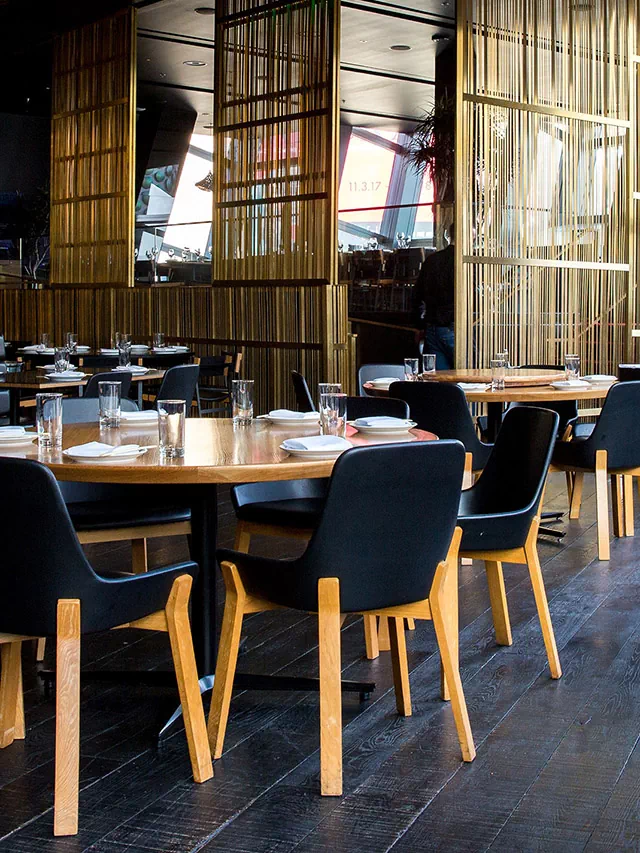If you have dietary restrictions, allergies, or food intolerances, your life, while travelling, is going to be more challenging. However, it’s not as hard as it seems. I’ve been travelling around the world for over five years and have learned how to manage my dairy allergy and eat a plant-based diet.
Research your regions
The world is a big place and local diets vary greatly. Some countries and continents are going to be more or less challenging for certain diets. A quick Google search can help you get a better understanding of the typical locals’ foods and availability for certain dietary adjustments.
Learn the language
The first words of every language that I usually learn are ‘I don’t eat meat,’ or ‘I can’t eat dairy.’ I memorize it because I know I’ll be saying it a lot!
Pack snacks
Granola bars can be a lifesaver when traveling – I always have one or two with me. Another option is to carry a reusable plastic bag with nuts, fruits or sandwiches so you won’t go hungry between meals.
Rent with kitchens
Sometimes it’s just easier to cook for yourself. Hostels typically have a communal kitchen and guest houses or B&Bs usually come with a private kitchen. They also have the necessary cooking utensils.
Travel with your food
Renting a campervan, RV, or even just bringing along a portable ice chest in your car can ensure you always have somewhere you can cook, or something you can eat.
Allergy cards
These are essentially a printed card (translated into the language(s) of your destination) that says: ‘I am allergic to this,’ or ‘I do not eat this.’ All you have to do is hand them to the wait staff so they can relay the message to the cooks.
Don’t trust menus
Don’t assume the menu lists all the ingredients in each dish. Talk to the wait staff to make sure they understand your restrictions and see if they can ask the chef to confirm the ingredients. It’s also helpful to break your restrictions into ingredients. For example, don’t say ‘no dairy,’ say ‘no milk, cheese, butter or cream.’
Plan in advance
Unfortunately, having dietary restrictions means you may not be able to spontaneously pick a place to eat. The first thing I do in the morning, before setting out, is find a restaurant for lunch and dinner, and often the following day’s breakfast. I’ll then use Google and Happy Cow and screenshot the name and location.
Be understanding
In my experience, the world understands allergies, but they don’t always understand preference. Having food preferences, instead of just being lucky to have food to eat at all, is a luxury many people don’t have.
Accept that it’s not going to be perfect
Your order may have been cut with the same knife as meat. You might be ordering a sandwich that just had the cheese removed from it. If it’s a major heath allergy, make sure to carry any necessary medication and know the local emergency phone numbers. If it isn’t a health concern, don’t stress out about each and every bit of food you put in your mouth. It’s never going to be perfect and you won’t enjoy your trip if you’re constantly worrying.
Research restaurants beforehand
Look up restaurants in your area that have menus that cater to your dietary restrictions. Most restaurants have their menus available online, and you can use this to determine if they have suitable options for you.
Call ahead
If you’re unsure about a restaurant’s menu or whether they can accommodate your dietary restrictions, call ahead and speak to the manager or chef. This way, you can ask about their ingredients and cooking methods to ensure that they’re suitable for you.
Be specific about your dietary restrictions
Don’t assume that the restaurant staff know what your dietary restrictions are. Be specific about what you can and can’t eat, and explain the severity of your restrictions if necessary.
Choose simple dishes
Stick to simple dishes that are easier to modify to fit your dietary needs. Avoid dishes with complex sauces or ingredients that are difficult to substitute.
Ask for modifications
Don’t be afraid to ask the server or chef to modify a dish to suit your dietary needs. Most restaurants are willing to make substitutions or adjustments.
Bring your own condiments
If you have specific condiments or sauces that you can eat, bring them with you to the restaurant. This way, you can add them to your meal if necessary.
Be prepared to compromise
While it’s important to stick to your dietary restrictions, be prepared to compromise if necessary. If there are limited options available, choose the best option that fits within your dietary needs.
Eating out with dietary restrictions can be challenging, but with proper planning and communication, it can be a positive and enjoyable experience. It is important to research restaurants ahead of time, communicate your needs to the server or chef, and ask questions about the menu items. Additionally, being flexible and open to modifying dishes or trying new restaurants can also enhance the experience. By following these strategies, individuals with dietary restrictions can enjoy dining out while maintaining their health and wellness goals.




